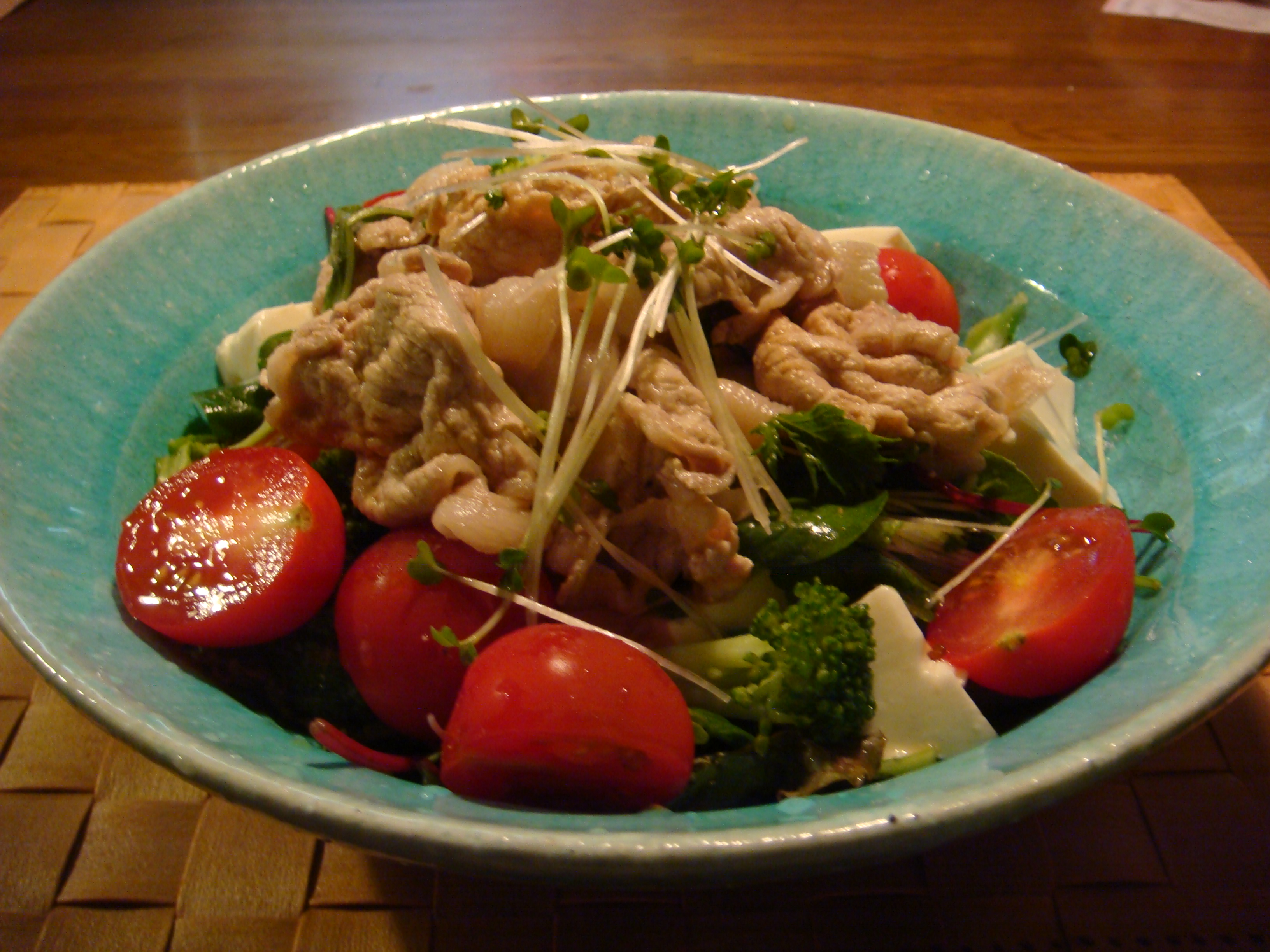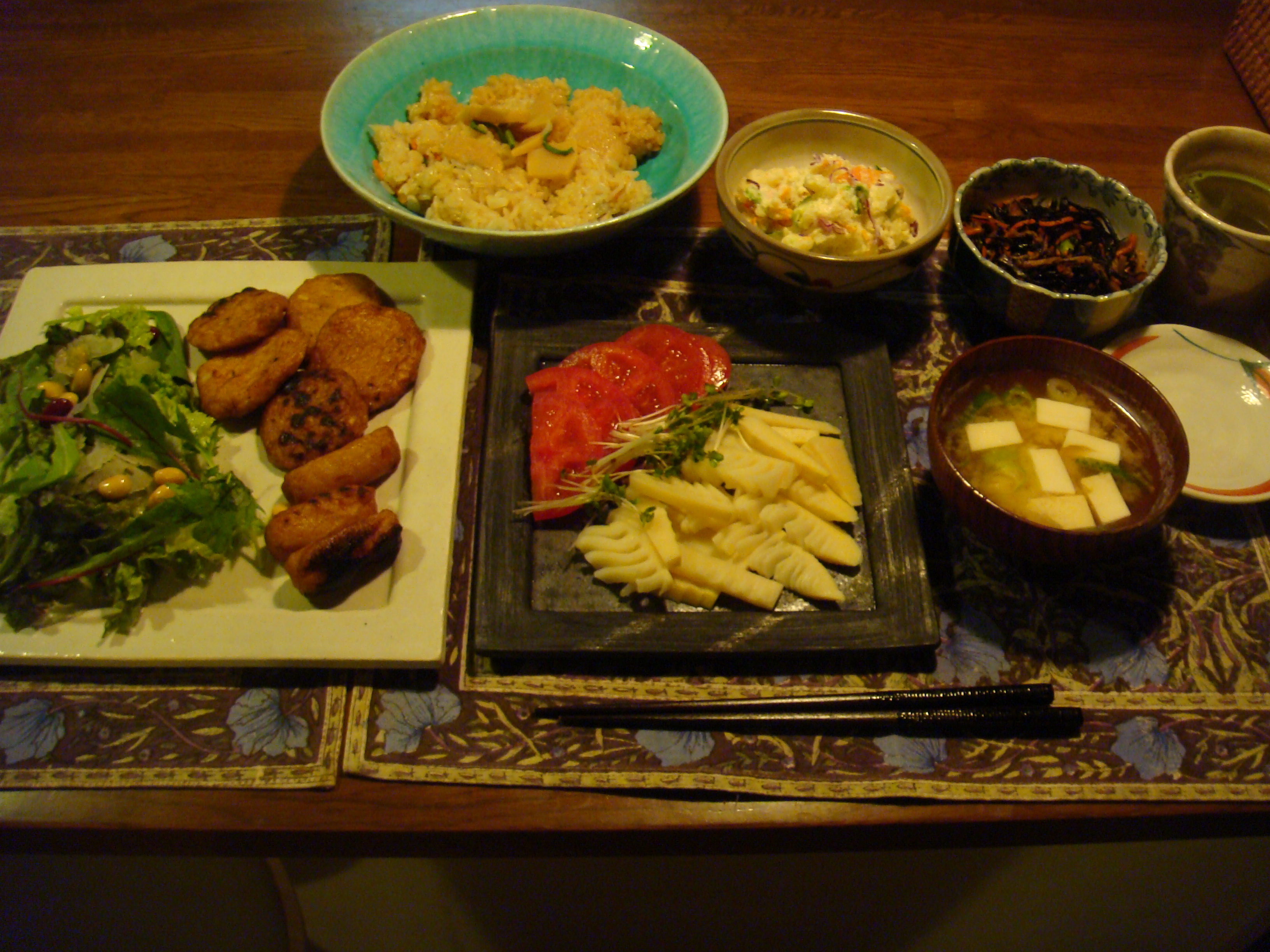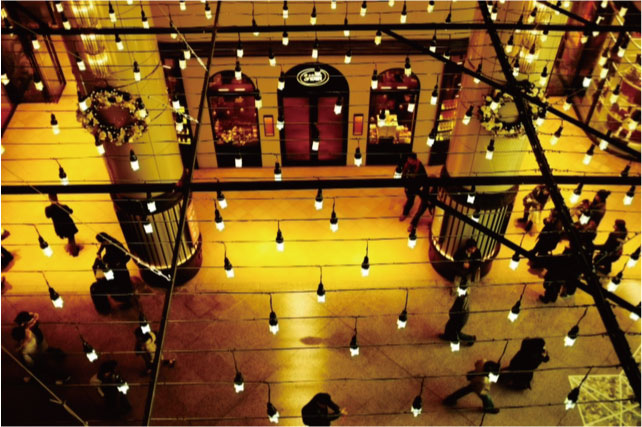Cool pork Shabu Shabu!!!
Author: admin
Today’s Breakfast!!!
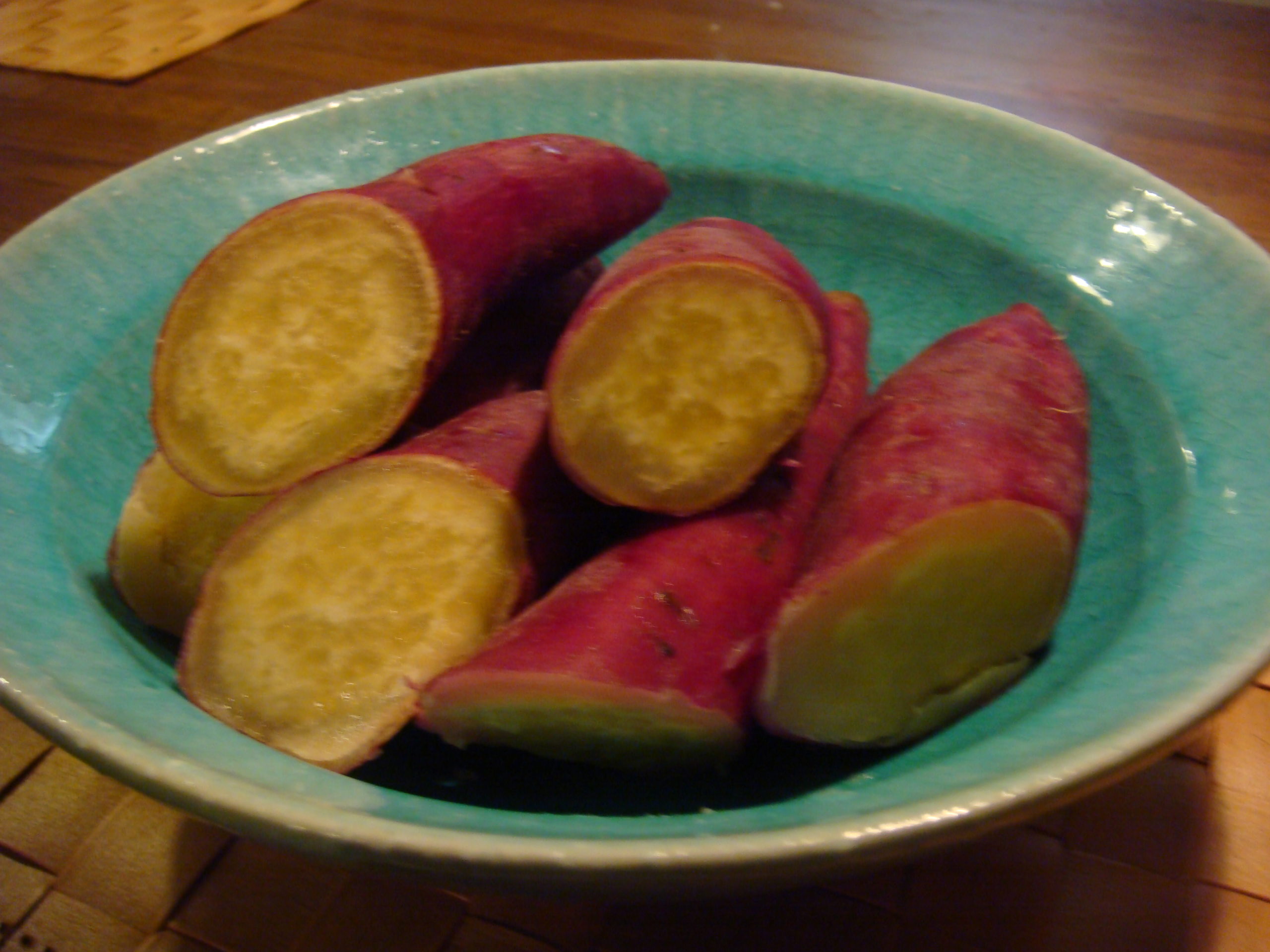
Steamed sweet potato!!!
Using this plate for rice>>> http://remiojapan.com/product/turquioise-serving-plate-in-a-gift-box-minoyaki/
Today’s Breakfast!!!
Using this plate. >>>
Japanese TEISHOKU!!! Using this plate for rice>>> Turquioise Serving Plate in a Gift Box – MinoYaki- Japan is a busy society where even the youngest stay outside the home over lunch from kindergarten days on. Preparing a lunch box with a variety of ingredients is thus an important part of Japanese everday’s culture and cuisine. Traditionally, homemakers prepare bentō (弁当) – the term was imported from an old Chinese term meaning “convenient” or “convenience” – not only for the kids, but also for the spouse or even for themselves. But nowadays, buying them at a bentō-ya, a special bentō shop, is also very common. Japanese cooks regard their set of Hōchō as their most important kitchen tools and would never let anybody else use these knives, often even not for sharpening them. There are several types for the different kinds of ingredients like fish, meat, or vegetables. The probably best known Hōchō is the “Santoku” knife, which means “(a knife for) the three virtues”, where these virtues are fish, meat, and vegetables. But many ingredients demand special knives, like the “Deba Bōchō”, which is a special knive for fish filleting, or the “Nakiri / Usuba Hōchō”, which are used for vegetables. The “Tako Hiki” or the “Yanagiba-Hōchō” are used for the slicing of fish, like octopus. Based on the Western chefs’ knives is the so-called “Gyūtō”, a knife for cutting meat. The “Petty” is a small knife used for fruit-peeling and similar purposes. Hōchō are made of so-called “Aogami” (blue-paper) or “Shirogami” (white-paper) steel – this name comes from the color of the paper this steel was originally delivered in. Both contain carbon, where Aogami contains tungsten and chrome as alloying elements which makes it harder and more durable, whereas Shirogami doesn’t contain alloying elements and is easier to sharpen. Both kinds of steel are not stainless and demand a good deal of care. It is recommended to keep the blades dry and store the knives after use in newspaper or (perfume-free) paper tissue. As for the forging styles, there are the “kasumi” knives, which use two different materials, whereas the “honyaki” knives use one material. This makes the latter sharper, but less forgiving. Today, many knives are “kasumi” knives, as they are made of two or three layers of different hardness and offer a good balance between durability and ease of care. Maybe you would like to try out the famous sharpness, precision and durability of original Japanese Hōchō? For those who make their first steps – or rather their first cuts – with Japanese cutlery, the choice of a Santoku and maybe a Petty can be recommended. But please take care of your fingers, as these knives are incredibly sharp! Japan is a country has many appeals like climate of the four seasons, beautiful sea and mountains and characteristic cultures. – Your lost money will be back! Do you remember when the International Olympic Committee decided on 7 September in 2013 that the host nation of Olympic 2020 is Japan? And she also continued to explain that why Japan is a safe place in the world. – The reason Japan is in a peace Some Japanese people put a purse or valuable on table to keep a sheets. Why is Japan a safe place better than other countries? – Japan’s moral And Japan has a good education of morals based on a culture of “shame “. Japan is an advanced country in the world as we know. It’s a familiar picture for everyone in the Western world: Every year when Christmas comes, the trains, planes, and roads are full to the bursting point since all the families and loved ones want to gather at their hometown or at some special place like a lovely remote hotel or even go to a country far away. Japan is not much different in that regard, except that this takes place the days before the turn of the year, the most important public holidays in Japan. New Year’s Eve falls on a different weekday every year, but beginning December 28, it is the same spectacle: Literally millions of people are on their way to the train stations or airports, the roads are totally jammed, the trains and planes heavily crowded and not only are all fares skyrocketing due to the sudden demand peak, also the usually available deductions are suspended. Needless to say that all seats are reserved months in advance, so those who don`t plan their trip well face a hard time. Another however rather unpleasant occurrence is the every year recurring flu epidemic. When half a nation is on the move, it is easy for viruses and bacteria to spread out, and what was a locally confined matter soon gets a nationwide problem. Many Japanese who want to escape the cold climate in December and January might have booked a flight to Guam or Hawaii, and others prefer to spend the holidays in Europe or Northern America. So it is no surprise that even the long-distance flights are booked out. But there are also those for whom these holidays are not a happy time, since they have nowhere to return to. Those who don’t have a family or no one to be with at the turn of the year most likely feel especially lonely and melancholic at this time. Quite a characteristic happening occurs on the big express motorways, most of all on the Toumei Express Motorway, the main east-west link between Tokyo and Nagoya (continued by the Meishin Express Motorway to Osaka). On this motorway, traffic jams up to 30 km are then no unusual occurrence, and TV stations provide live coverage of the development of this super-traffic jam and how the people in the jam feel about it. When after the end of the holiday around January 3rd or 4th all the people return to their homes and workplaces – the so called U-turn rush – the same thing happens in the opposite direction. TV and radio stations send out reporters to the big train stations and airports to catch some families with kids for an interview, since the Japanese like the cute answers the kids give on how the New Year was at, say, their grandparents place. The kids might say something like “It was so much fun building an igloo with Grandpa” or “When we waved goodbye to Grandpa and Grandma at the train station, we were a little bit sad that we already had to part”. This gives the TV and radio audience a heartwarming feeling, and might help keeping the recreation of the holidays despite all the exertions of the big travel rush. New Year’s Eve and New Year’s Day are the most important holidays throughout the year in Japan, and there are countless traditions and events to celebrate the turn of the year. It is customary to do a big housecleaning at the end of the year – to be accomplished by the day before New Year’s Eve at the latest. This is called oosōji, “the big cleaning” (where oo means big and sōji means cleaning). People want to get rid of all the dirt that accumulated over the year and get tidied up to welcome the New Year with a sense of inner and outer freshness. At midnight, an impressive and somewhat mystique Buddhist tradition is practiced, the joya-no-kane. This is the tolling of temple bells at New Year’s Eve. The bell is tolled 108 times, as this is, according to Buddhist beliefs, the number of evil desires that mankind suffers from on earth. Each stroke drives away one evil passion, and eventually those who partake in this ceremony are purified for the upcoming year. Food is – of course – another important part of the New Year traditions, like the Toshikoshi-soba, the “year-crossing noodle”, a traditional Japanese noodle bowl dish eaten on New Year’s Eve. It symbolizes ending the old year and beginning the New Year, as the lengthiness of the noodles can be understood as a prayer for longevity. New Year’s Day, the very beginning of the New Year, is called oshōgatsu, and is the highest of the holidays in Japan. Since Japan is not a Christian country, there are no holidays during Christmas, but instead most employees and workers have a few days off around the turn of the year. During these holidays, family members living all across Japan travel to their hometown and relatives get together to celebrate the New Year – you can just imagine how heavily crowded the public transport and streets are at this time! At New Year’s Day, many people pay a visit to a Shinto shrine, often opposite to visiting a Buddhist temple the day before (as most Japanese see no contradiction in practicing rites of both religions), and see their relatives to exchange customary New Year’s greetings. Many women put on a kimono this day as a festive dress. Nenga-jyo, traditional New Year’s greeting postcards, are sent in excessive numbers to friends, colleagues, teachers, superiors or just to those recipients the senders want to maintain or establish some kind of relationship with. Since it is important that they arrive this very day, cards marked as nenga-jyo are withheld by the postal service in order to be delivered exactly on New Year’s Day. Osechi-ryōri is another traditional New Year food, prepared for three days in five or three stacked lacquerware boxes called jūbako. The arrangement of the food in the jūbako symbolizes good wishes for the family’s well-being and prosperity, for example, kuromame, cooked black beans, are associated with health because of the alternative meaning of mame “healthy”, gold-colored kurikinton, mashed sweet potatoes with sweetened chestnuts, represent prosperity, and kazunoko, herring roe, stands for fertility. However, since preparing osechi-ryōri is quite a laborious matter, there are not few ones these days who don’t prepare osechi-ryōri at all or prepare them for only one or two days. You might have heard of mochi, Japanese rice cakes, or ozōni, a regionally different mochi-soup. Mochi, usually hard like a brick, are fried until they get soft enough to eat them, but as they are very sticky and chewy, each year some unlucky persons suffocate while eating them. Ozōni with all its variations might just appear as a good alternative! Kakizome is the event where the first calligraphy of the year is written with a brush, and takes place on January 2nd. A Chinese character or a phrase serve as a resolution for the New Year and conveys the wishes and hopes for the New Year. Frequently used characters are those for “dream”, “success”, “health” and so forth. January 7th is the day to eat nanakusagayu, rice porridge prepared with the seven herbs of spring. This symbolizes the wish for good health throughout the year and beyond this metaphorical meaning, this porridge can bring relief to the stressed stomachs of all those who have eaten too much osechi or mochi. All these traditions and customs, whether one follows all or just some of them, help the Japanese to start refreshed and well prepared into the beginning year. How did Christmas come to Japan? It was in the year 1552 when the first Christmas mass was held by Jesuit missionaries in the Yamaguchi prefecture. However, Christmas was soon banned by the Edo government in 1612 and could only be celebrated hidden until it was allowed again in the Meiji period around 1868, when Japan actively sought innovations and ideas from the West to reduce its technological and economic backlog at that time. Since then, the perception of Christmas was mainly influenced by the American way of celebrating Christmas. All over the world Christmas is becoming more and more a commercial rather than a religious event. People are encouraged to get in a Christmas mood by Christmas decorations in the shopping streets and shop windows, by playing Christmas songs everywhere and by special Christmas offers for food, gifts, or getaways. Japan is not different in that regard, but where in many western countries Christmas is celebrated in the families, in Japan it is first of all a day for couples, and, to a lesser extent, for families with little children. Especially in the big cities in Japan, Christmas means “enjoying a romantic time with the loved one”. On Christmas Eve, many young couples spend their time together in an exclusive restaurant or in an expensive hotel, which are booked out months in advance. Also giving each other expensive gifts like watches or jewelry plays an important role, and of course not having a boyfriend or girlfriend can put quite some pressure on the lonely ones. As for food, many people in Japan like to have chicken for Christmas dinner, mostly at KFC (which made the Japanese believe that this is the very way Americans celebrate Christmas). Even more common is the custom of eating Christmas cake, which the Japanese like to buy in luxurious hotels, in department stores, or just in ordinary convenience stores. Since white (like snow) and red are typical colors for Christmas, the typical Japanese Christmas cake is a sponge cake frosted with whipped cream and decorated with strawberries. In Japanese family homes you’ll hardly find real fir trees, since small artificial trees fit better into the often not too spacious houses. Parents of little kids often fill stockings with presents for them in the night before Christmas, mostly electronic gadgets or computer games, which the kids will find in the morning. As the kids are growing up, this tradition is becoming less frequent, until the kids are old enough for the couples’ part of Christmas.Today’s Breakfast!!!
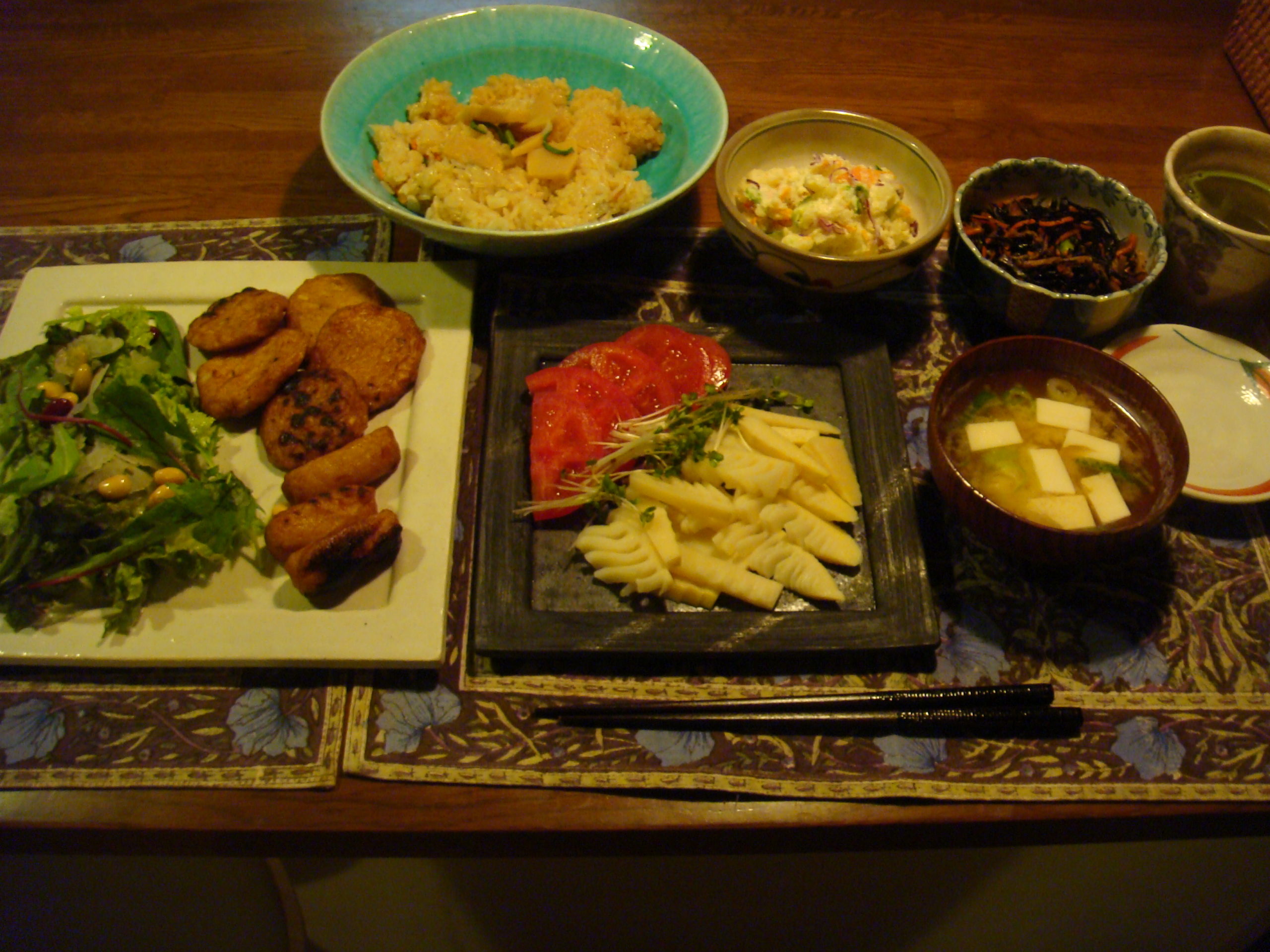
Bento – Japanese lunchboxes

A typical bentō is prepared in one or two stacked boxes, which range from mass produced plastic boxes to handcrafted laquerware boxes. To provide a balanced diet, especially for the youngest ones who need a little motivation to eat their vegetables, all ingredients are lovingly aranged in the compartments of the lunchbox. Cooked rice is never missing, other ingredients are shake (broiled salmon), tamagoyaki (sliced rolled egg), kara-age (fried chicken), small sausages (for the children often cut and fried to resemble an octopus), tsukemono (vegetables pickled in salt, brine or a bed of rice bran), or umeboshi (Japanese salt plums). But the variety doesn’t end there, as the homemakers and bentō-ya try to create ever new variations and highlights.
The classical bentō is the maku-no-uchi bentō, which means “bentō between the curtains”, since it was originally served during the intermissions of Noh and Kabuki theater performances, dating back to the Edo Period (1603 to 1867).
From this bentō, the classical appearance in the rectangle wooden boxes with dividers originate, but there are several other bentō styles like chūka bentō, a Chinese style bentō, or the modern kyaraben (Character bentō), where the food often is decorated like popular characters from Anime or Manga comics. It is quite a “Japanese experience” to find those little kitchen tools which, for instance, press the cooked rice in the shape of a “Hello Kitty”-head (the eyes are then perhaps made of black sesame seeds and the whiskers are made of small nori slices).
Ekiben are bentō which are sold at train stations for the hungry traveler, and they vary from region to region or are even very characteristic for a region, like the kamameshi bentō in the Nagano prefecture. Some people think Ekiben are worth the journey alone!
Bentō are an intimate part of the Japanese culture, since this is what the mother gives their children to take with them when they stay away from home for a whole day for the first time. Many Japanese think that eating bentō helps diving deep into Japanese culture in a very pleasant way – so why don’t try it out for yourself?Japanese cutlery – a craftmanship with a long tradition
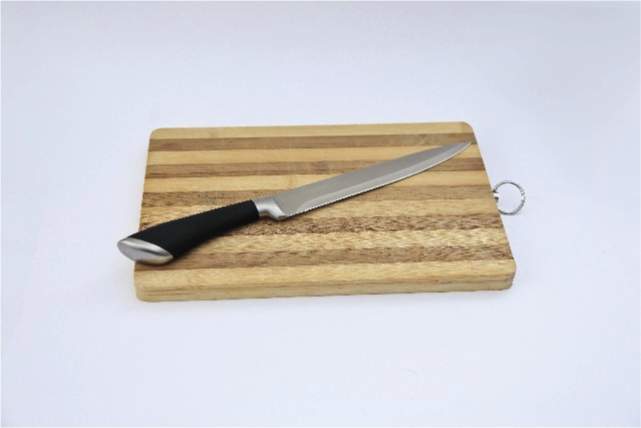

The making of cutlery is a centuries-old craftsmanship in Japan, closely related to the tradition of Samurai sword-making. Japanese kitchen knives are referred to as “Hōchō”, and they are famous for the sharpness and durability. Some types achieve a hardness of up to 68 HRC (rockwell hardness)!Peace in Japan
I want to watch a point from the many appeals.
The point is a peace.
A people except Japanese would think that why Japan is so peaceful.
If we know the reason, we will get more deeply an understanding about Japan.
All Japanese people were happy and pleased a lot with the great success of Olympic invitation.
There are some factors in the success.
Many are talking that a deciding factor IOC was moved is a speech by Christel Takigawa.
Christel Takigawa is a very famous woman announcer in Japan.
She is so beautiful woman and also can speak English and French.
She addressed an audience of IOC about “Omotenashi” that Japanese has as a moral fiber.
“ Omotenashi “ is a word to express a hospitality to Japanese.
Japanese has a spirit that is “guest is a god”.
Christel Takigawa explained the audience that Japanese people are ready to welcome a people who will visit to Japan from all over the world for Olympic.
Her speeches pulled at their heartstrings a lot.
She introduced an example the audience that if many who are visiting to Japan from foreign countries lost valuable like a phone or money in Japan, most of them will come back to their hands.
If a Japanese found the valuable on a street, he will deliver it to a police.
And if the valuable is with ID or passport, police will call and send you the valuable.
78% of lost phones and 65% of identification papers has been returned to the owners.
But a cloths and umbrellas is only 2%.
It’s so interesting.
Because the more expensive one the better, they’ll get come back to you.
I think that foreign countries people can’t understand it.
If someone does it in other countries, the purse will be stolen by a thief immediately.
Actually, many Japanese people has been stolen purses and valuables in foreign countries.
The reason is what a people of underclasses are very few among Japanese.
Motives of many crimes are money.
A gap between rich and poor is very tiny, and underclasses who are starving to death are a minority in Japan.
In 1947 Japan’s government that is under the control of General Headquarters from USA confiscated all lands from a riches.
And government sold these lands cheaply to many farmers.
Because of this reformation, Japan welcomed the end of the gap-widening society.
If we understand the meaning of shame, we can control our desires.
Shame means to lose a trust from a people.
Japanese respects to protect a trust among friends and family.
That’s why many of Japanese people has a peace with the morals.
I hope Japan will lead the world as unique country has such a peace among advanced countries.
And I think it is a mission of Japan.New Year travel rush in Japan

How is New Year celebrated in Japan?
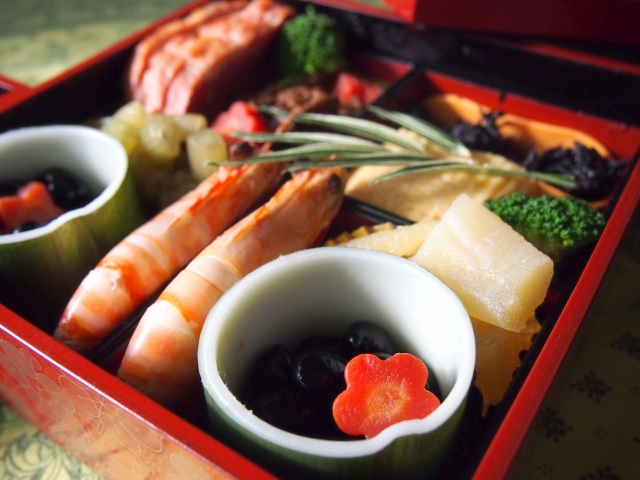
How is Christmas celebrated in Japan?
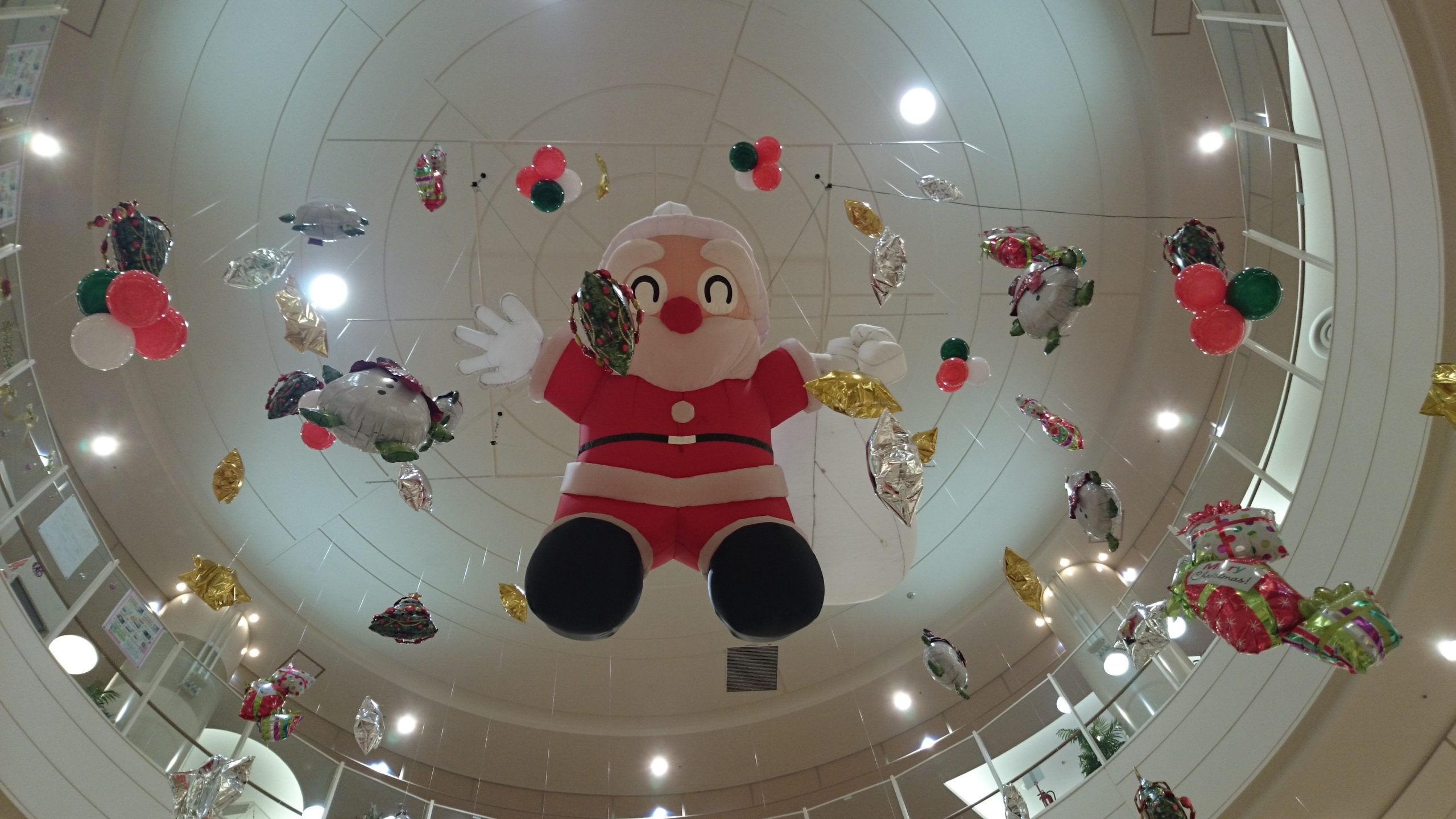
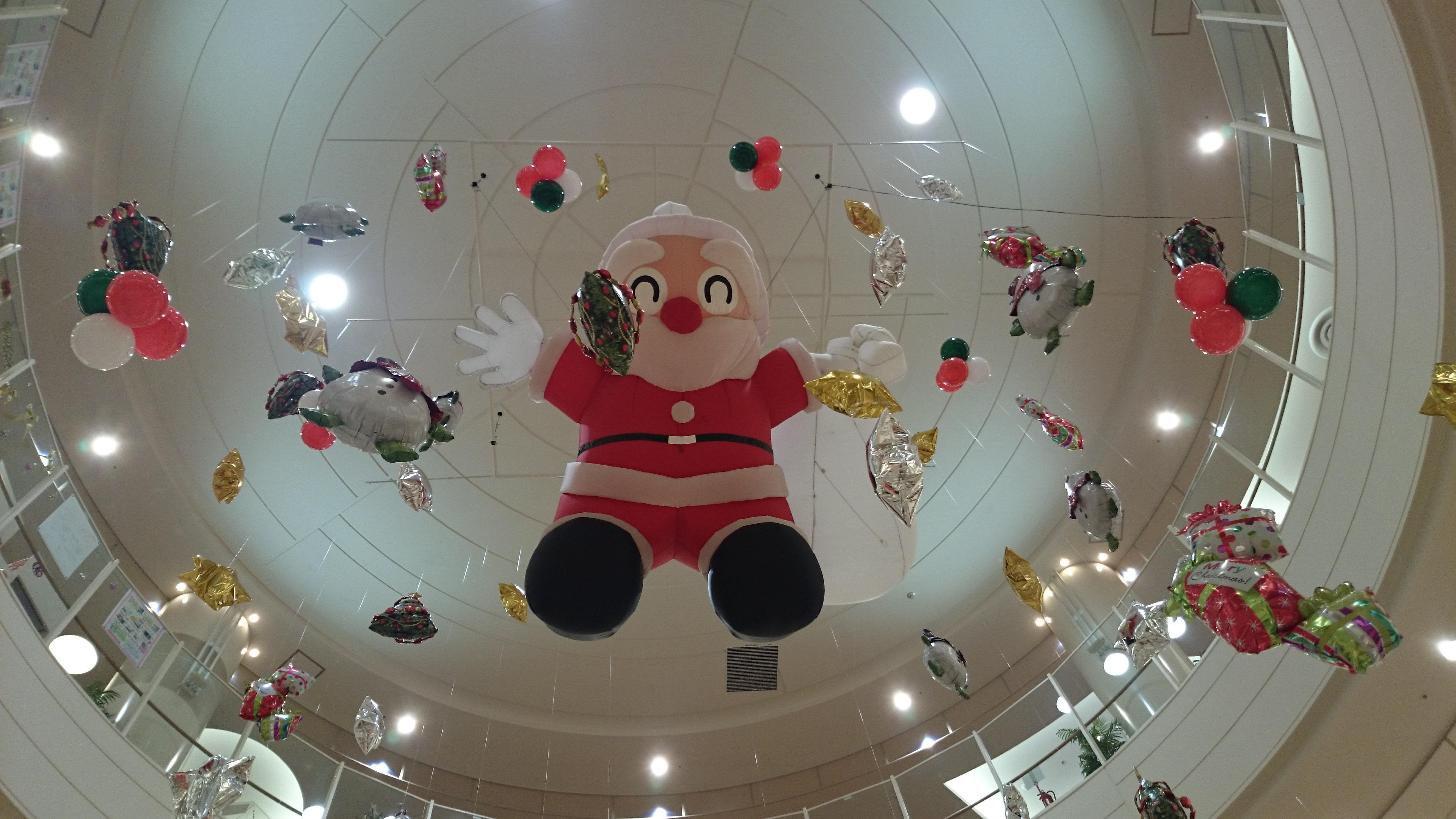 Nowadays Christmas is celebrated all over the world, and Japan is no exclusion. Although Christianity is not an original religion in Japan, the Japanese have a tradition of getting inspired by non-Japanese traditions and customs to enrich their own cultural and spiritual life.
Nowadays Christmas is celebrated all over the world, and Japan is no exclusion. Although Christianity is not an original religion in Japan, the Japanese have a tradition of getting inspired by non-Japanese traditions and customs to enrich their own cultural and spiritual life.
